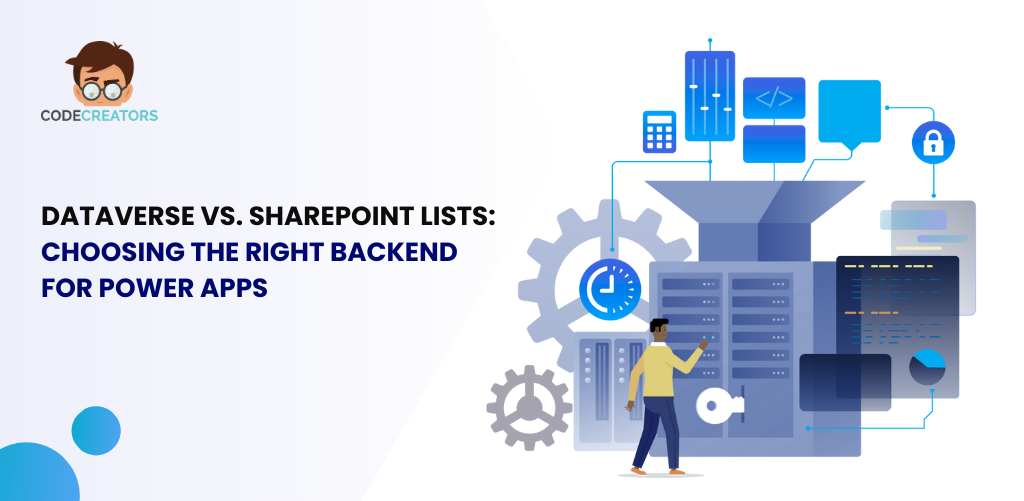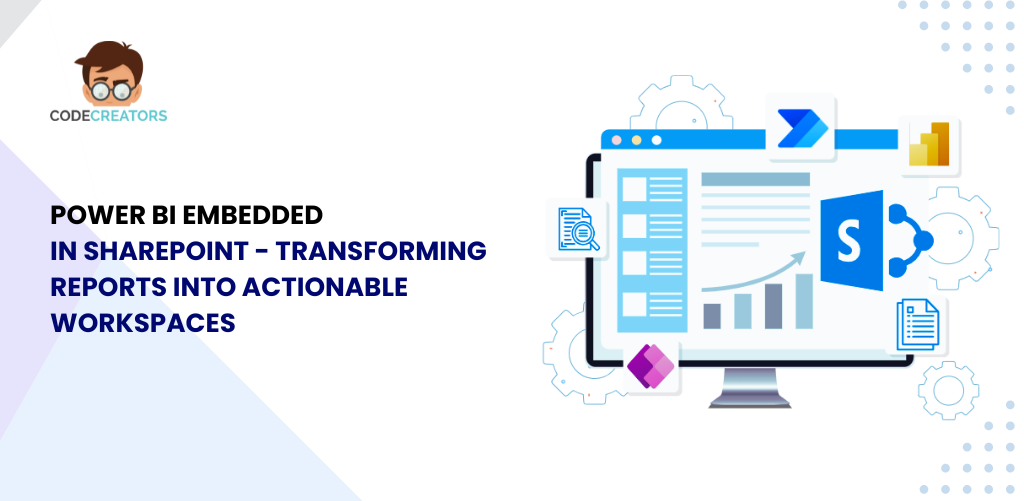Power Automate for SMBs: Is It Affordable Compared to Competitors?

Automation is becoming essential for SMBs aiming to enhance efficiency while minimizing operational costs. Power Automate, a cloud-based workflow automation tool by Microsoft, offers a range of licensing options tailored for businesses of all sizes. But how does it compare in affordability to competitors like UiPath, Automation Anywhere, and Zapier? This article explores whether Power Automate is a cost-effective choice for SMBs.
Understanding Power Automate Licensing for SMBs
Power Automate offers various licensing models, including:
- Per User Plan – Allows individual users to create unlimited cloud flows.
- Per User with Attended RPA – Includes robotic process automation (RPA) for desktop automation.
- Per Flow Plan – Enables teams to share workflows across users.
- Pay-As-You-Go – Charges businesses based on the number of runs, providing flexibility.
SMBs often struggle with budget constraints, making flexible pricing essential. But how does Power Automate’s cost structure compare to alternative automation platforms?
Power Automate vs. Competitors: A Cost Comparison
Pricing Breakdown
| Platform | Pricing Model | SMB Affordability | Cloud Automation | Desktop Automation |
| Power Automate | Per user, per flow, PAYG | High | Yes | Yes (RPA) |
| UiPath | Per bot, per user | Moderate | Limited | Yes |
| Automation Anywhere | Per bot, per user | Moderate | Limited | Yes |
| Zapier | Subscription-based | High | Yes | No |
Power Automate’s flexible pricing makes it more accessible for SMBs compared to UiPath and Automation Anywhere, which require bot-based subscriptions that can quickly become expensive. Zapier offers a lower-cost alternative for basic automation but lacks RPA and enterprise-level security.
Features That Make Power Automate Cost-Effective
| Feature | Power Automate | UiPath | Automation Anywhere | Zapier |
| Cloud Workflows | Yes | No | No | Yes |
| RPA Integration | Yes | Yes | Yes | No |
| AI Capabilities | Yes | Yes | Yes | Limited |
| Microsoft 365 Integration | Yes | Limited | Limited | Limited |
For SMBs relying on Microsoft 365, Power Automate provides deep integration, reducing the need for additional third-party automation tools and lowering overall costs.
Evaluating ROI for SMBs Using Power Automate
Return on investment (ROI) is a crucial factor when assessing automation affordability. Power Automate’s lower total cost of ownership (TCO) gives SMBs a competitive advantage by reducing implementation expenses while maximizing efficiency.
| Factor | Power Automate’s Advantage |
| Initial Cost | Low, with flexible pay-as-you-go options. |
| Scalability | Allows businesses to start small and scale. |
| Integration | Seamless with Microsoft 365 and Azure. |
| Security | Built-in enterprise-grade compliance features. |
Case Study: SMB Adoption of Power Automate
A mid-sized e-commerce business adopted Power Automate to streamline order processing, customer notifications, and inventory management. By integrating with Microsoft 365 and their CRM, they reduced manual data entry by 70%, saving over 500 work hours per month. Compared to competitors, Power Automate offered them the most cost-effective solution with seamless integration.
Why SMBs Choose Power Automate Over Alternatives
Budget-Friendly Automation
Unlike UiPath and Automation Anywhere, which charge per bot, Power Automate’s per-user and pay-as-you-go models allow SMBs to scale automation based on need, preventing unnecessary costs. Small businesses can start with a minimal investment and scale as their operations grow.
Seamless Integration with Business Applications
SMBs already using Microsoft 365 can leverage Power Automate’s pre-built connectors to automate tasks without purchasing additional software, unlike competitors that require separate integrations. The ability to connect with over 500 applications, including Salesforce, SharePoint, and Dynamics 365, makes it a superior choice for SMBs looking for seamless automation.
Reduced Maintenance Costs
Since Power Automate is cloud-based, SMBs avoid costly infrastructure investments required for on-premises automation solutions offered by UiPath and Automation Anywhere. Maintaining a cloud-based solution also ensures automatic updates, reducing IT overhead and security risks associated with outdated software.
Scalability: Growing with Power Automate
SMBs must consider future expansion when choosing an automation platform. Power Automate’s scalable pricing allows businesses to start small and upgrade as their automation needs evolve. The flexibility to switch between pay-as-you-go and per-user plans ensures companies only pay for what they use.
| Growth Stage | Recommended Power Automate Plan |
| Startup | Pay-as-you-go for cost control |
| Growing Business | Per-user plan for scalability |
| Established SMB | Per-flow plan for team collaboration |
With this adaptable pricing model, SMBs can transition from basic automation to enterprise-grade automation without significant financial strain.
Common Use Cases for SMBs
SMBs can implement Power Automate across multiple business functions, including:
1. Customer Service Automation
Automate responses to common customer inquiries, integrate chatbots, and trigger follow-up emails for improved customer satisfaction.
2. Finance and Accounting
Streamline invoice approvals, automate payment reminders, and reconcile financial records, reducing manual errors and improving efficiency.
3. Human Resources
Automate onboarding workflows, send employee training reminders, and manage leave requests through Microsoft Teams integration.
4. Marketing and Sales
Trigger personalized email campaigns, integrate CRM data, and manage lead tracking seamlessly with Power Automate workflows.

Conclusion: Is Power Automate an Affordable Choice for SMBs?
Yes, Power Automate provides cost-effective automation solutions for SMBs compared to competitors. Its pay-as-you-go and per-user pricing models reduce upfront costs, making automation accessible even to small businesses. With seamless Microsoft 365 integration, robust security, and scalable options, Power Automate proves to be a smart investment for SMBs looking to enhance efficiency while keeping expenses under control. By offering both cloud and RPA automation at competitive pricing, it enables SMBs to compete with larger enterprises without breaking the budget.
At Code Creators, we specialize in delivering tailored Microsoft solutions that empower businesses to achieve more. Whether you’re looking to streamline your workflows, migrate your data, or maximize your Microsoft investment, our experienced team is here to help. As a leading SharePoint consultant, we provide expert guidance to ensure successful implementation and optimization of your SharePoint environment.
As the CTO at Code Creators, I drive technological innovation, spearhead strategic planning, and lead teams to create cutting-edge, customized solutions that empower clients and elevate business performance.



